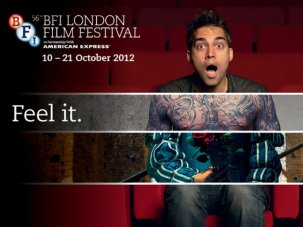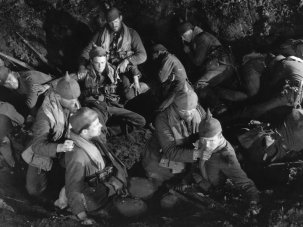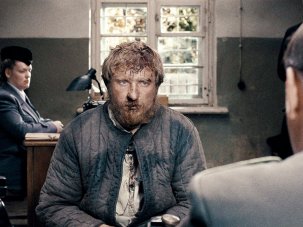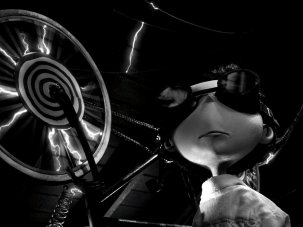Web exclusive
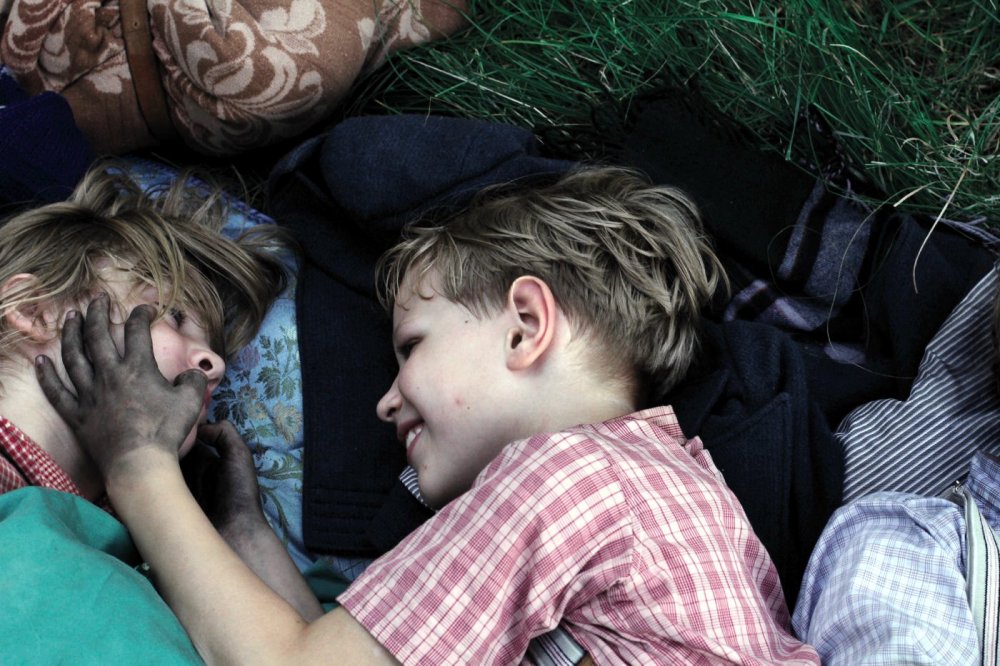
Lore
Though the first wave of World War II films is almost as distant as the war itself, filmmakers are still finding forgotten corners and buried moral quandaries in ‘the Good War’. This is evident in three of this year’s films at the LFF – Lore, My German Friend and In the Fog.
Lore, Australian director Cate Shortland’s follow-up to Somersault (2004), is the most thematically daring. Its eponymous heroine (Saskia Rosendahl) is the indoctrinated teen daughter of an SS man who returns in disarray from murderous work in Belarussia in the last days of the war. Born into Nazism, she’s a daddy’s girl, and likewise clings to Hitler’s distant, paternal guidance. Her budding sexuality merges with a slow awakening to Nazi adult reality. Watching a primal scene between her parents through a peephole, she sees her father’s arm suddenly swing the width of the frame to slap her mother.
When their happy bourgeois home turns dark, Lore is left to lead her young siblings into the Black Forest, a riot of natural fecundity to give Terrence Malick pause. (These scenes were inspired by a Belarussian’s reminiscence in Shoah that the SS often murdered on otherwise lovely days.) Shortland makes Lore and everything around her so ripe you can almost smell the coming rottenness. Sparks and cinders of burning evidence and decomposing, raped corpses pockmark the children’s path, suppressed horrors finally poking out.
Lore’s hardest truth is that its heroine remains such a Nazi that an attractive Jewish boy viscerally repulses her as if he were vermin. Yet she isn’t a monster; Nazism is all she’s known. She comes of age in a world consumed by horror and its denial.
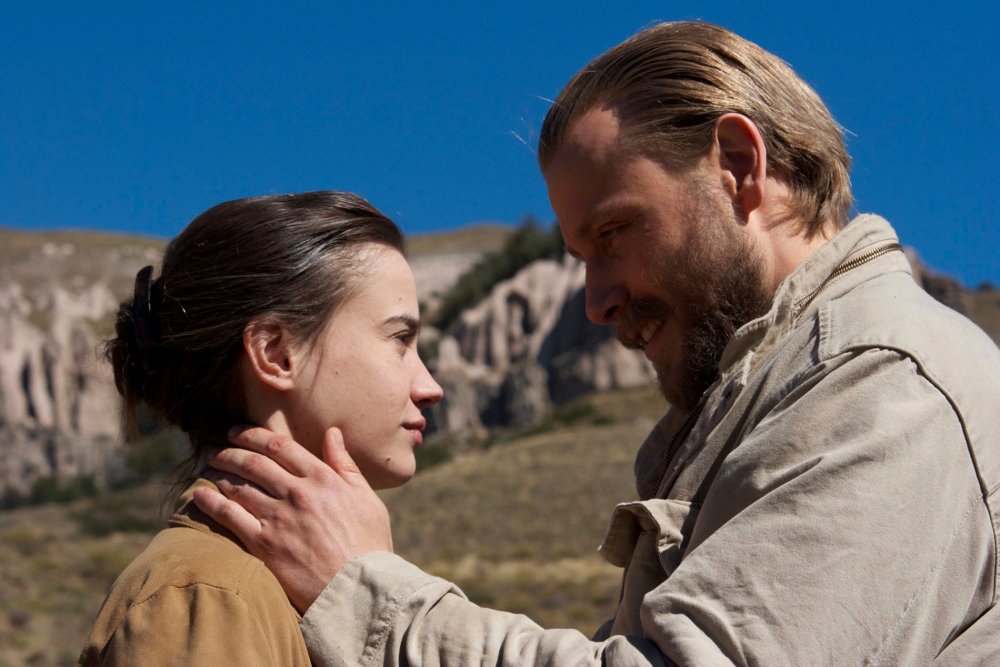
My German Friend
Jeanine Meerapfel’s My German Friend (El Amigo Aleman) illuminates one of the strangest of the WWII crannies into which filmmakers are now peering, to put alongside Ismaël Ferroukhi’s recent Free Men (in which SS officers respectfully sipped tea with Arab hosts in a Paris mosque; see review). Meerapfel’s milieu is if anything more bizarre. It’s based on her own childhood in Buenos Aires as a daughter of German-Jewish refugees and playmate of the children of ‘refugee’ SS neighbours. German cultural similarities brought both groups into the same circles, with a bitter irony the adults try to ignore. The one-time Nazis cheerily barbecue sausages while Chanukah is celebrated opposite, and Jewish Sulamit becomes close to Friedrich, unknowingly an SS officer’s son.
Meerapfel follows her two soul-mates from across the (bloody) tracks into the 1970s, in a film structured like a slow tango as history repeats or is sought out; Argentine fascists beat Jews in the street and murder Nazis’ radical children. But this conventional narrative can’t match the quietly astonishing early scenes, with their queasy undercurrents of social embarrassment between sworn enemies. It’s like The Boys from Brazil turned into a guilty soap opera.
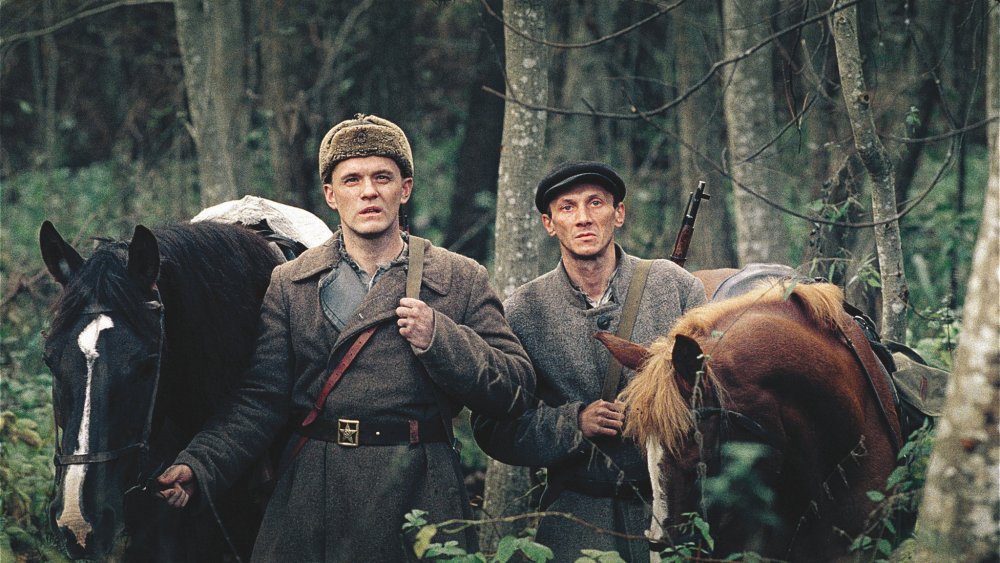
In the Fog
Sergei Loznitsa’s follow-up to My Joy, In the Fog (reviewed by Jonathan Romney from Cannes), briefly seems set to be a more familiar tale of Belarussian partisans. The local Nazi commander is the spitting image of Lore’s burly father, and this is where he had his killing grounds. But the Germans are the barely-seen agents of the moral chaos which swallows tragic hero Sushenya (Vladimir Svirski).
For the film’s first half hour Sushenya is a dead man walking after a partisan knocks at his family home to take him to his death for suspected collaboration. Flashbacks show how occupation puts a noose around everyone, not just Sushenya’s three co-workers who are hanged for sabotage. Following the film’s relentless trail of disillusion, their decision to wreck a train is anyway shown not as Soviet heroism but shallow work-place pique, callously disregarding the other villages sure to be razed in reprisal. In an ironic consequence which is almost too much, they glimpse the train’s cargo before its end: locals en route to the camps.
Sushenya’s arrest with them is as impossible to escape as a witch-trial dunking: either he’s hanged as a partisan or he’s released and shot as a traitor. The occupation merely enflames rustic disputes. This isn’t a ‘Great Patriotic War’ but a snakepit of venality. Long, hand-held tracking shots through yet more woods, where so many European bodies were buried, follow characters with mournfully fated faces. It’s a Tolstoyan parable showing how war infects behaviour, and ends in despair.
← Previous: Smart,
Next: The pain in Spain →
-
The Digital Edition and Archive quick link
Log in here to your digital edition and archive subscription, take a look at the packages on offer and buy a subscription.




